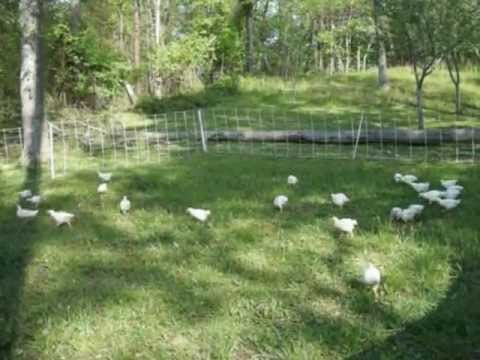Makes sense that these meat birds could potentially live long enough to reproduce. Otherwise they would be extinct!
I appreciate varying views so I can make my own decision. Thanks to everyone who has given me more information than I had this morning...NONE!!
The Cornish X meat birds you buy don't reproduce. Not because they can't but because when they do they do not produce a bird like themselves. They do not breed true. They are the result of a cross of the parent lines.The outstanding performance you get is a result of hybrid vigor. They are an outstanding meat bird if you are willing to cater to their quirks. If you are not, choose another breed.
Oohhh.... Trying to absorb all this new info. Thanks!!








